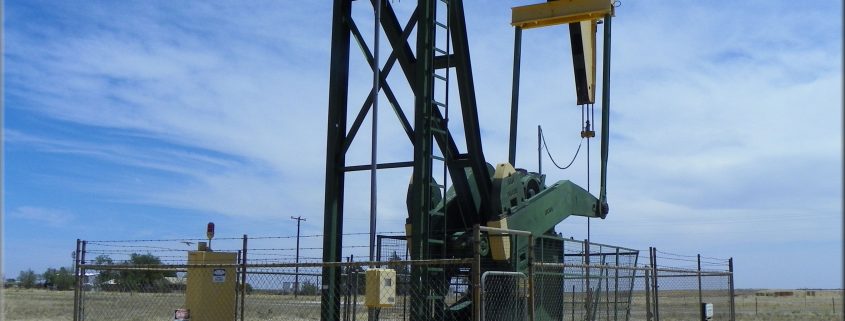U.S. refiners expect that strong export will boost margins and alleviate high product inventories
Refiners
U.S. refiners have come out of sustention season, betting that big exports to Mexico and South America will help alleviate high product inventories. And backup margins as the critical summer driving season is close.
The first page of profits results from several large independent U.S. refiners. Which showed that they are not chasing U.S. gasoline profits. They already posses high inventories and steady-but-not-spectacular demand. They are actually taking advantage of demand from places like Mexico and South America, where sputtering local refineries cannot meet customer needs.
The biggest Companies
Marathon Petroleum Corp (MPC.N) expects to process more crude than ever in the second quarter, the company said on Thursday.
“The export book continues to be strong.” Gary Heminger, Marathon CEO said Thursday. Taking notice that he expects company exports to grow from about 200,000 bpd earlier this year to 300,000 bpd in the second quarter. They expect it to process about 1.82 million bpd in the second quarter.
– Valero Energy Corp (VLO.N), the largest U.S. independent refiner by capacity, said it expected its 15 refineries to run up to 96 percent of their combined capacity of 3.1 million barrels per day (bpd) in the second quarter. (Reuters)
There is a worry, however, that high run rates may overstep the ability of refiners to export products. U.S. gasoline inventories, which had been drawing down, have rebounded to uncommonly high levels for the season, sapping refining margins.
CEO of CVR Energy Inc (CVI.N), Jack Lipinski, said he fears a repeat of last year. When high inventories crushed margins. The company’s two refineries are landlocked and have no direct access to export markets.
“Even though we are seeing exports increasing, the increase in production is offsetting that.” (Lipinski)
Refinery crude
Refinery crude hit a record 17.3 million bpd last week and capacity utilization rates hit their highest level since November 2015.
“Right now, we are running at summer peak levels. If we stay at this level for several months, rising inventories will overwhelm exports. If we stay at lower levels, then exports can help balance inventories.” Mark Broadbent said.
The four-week average for exports of finished motor gasoline jumped to 643,000 bpd from 395,000 bpd a year ago while exports of distillate fuel oil climbed to 1.11 million bpd versus 1.01 million bpd a year earlier.
Anyway, while gasoline export loadings to Latin America have been anchored in the 600,000-bpd range for the past couple of months, march’s middle distillate export loadings were at an 11-month low. Matt Smith, who tracks cargoes for New York-announced this.
Gulf & East Coast refiners
U.S. refiners in the Gulf Coast, have cashed in on soaring demand for refined products from Mexico, even as margins CL321-1=R have languished at the lowest levels in about seven years seasonally.
East Coast refiners are stepping up exports of diesel despite a regional deficit of the fuel as strong overseas demand. Particularly in Europe, because it is proving more profitable.
- “It’s a distillate world out there. Ultimately the narrowing in gasoline’s premium to diesel RBc1-HOc1 should prompt more diesel refining, tightening gasoline supplies.” That spread hit a four-year seasonal low on Thursday.



 Major U.S. East Coast refiners profited from railing hundreds of thousands of barrels of discounted Bakken crude to their plants daily from 2013 to 2015. But after North Dakota authorities have built more and more pipelines, the shrinkage began to disappear.
Major U.S. East Coast refiners profited from railing hundreds of thousands of barrels of discounted Bakken crude to their plants daily from 2013 to 2015. But after North Dakota authorities have built more and more pipelines, the shrinkage began to disappear.

